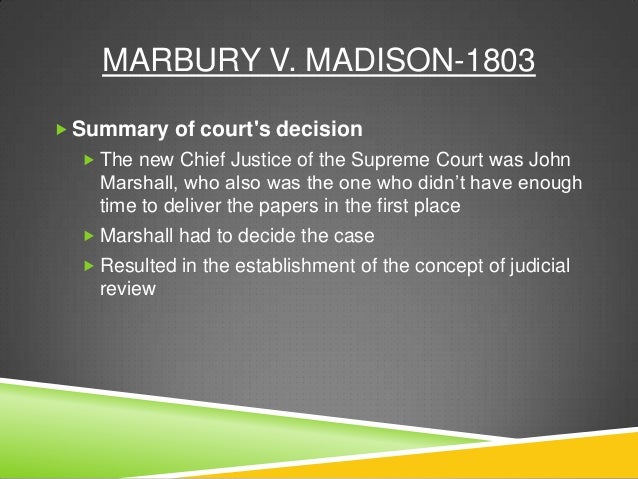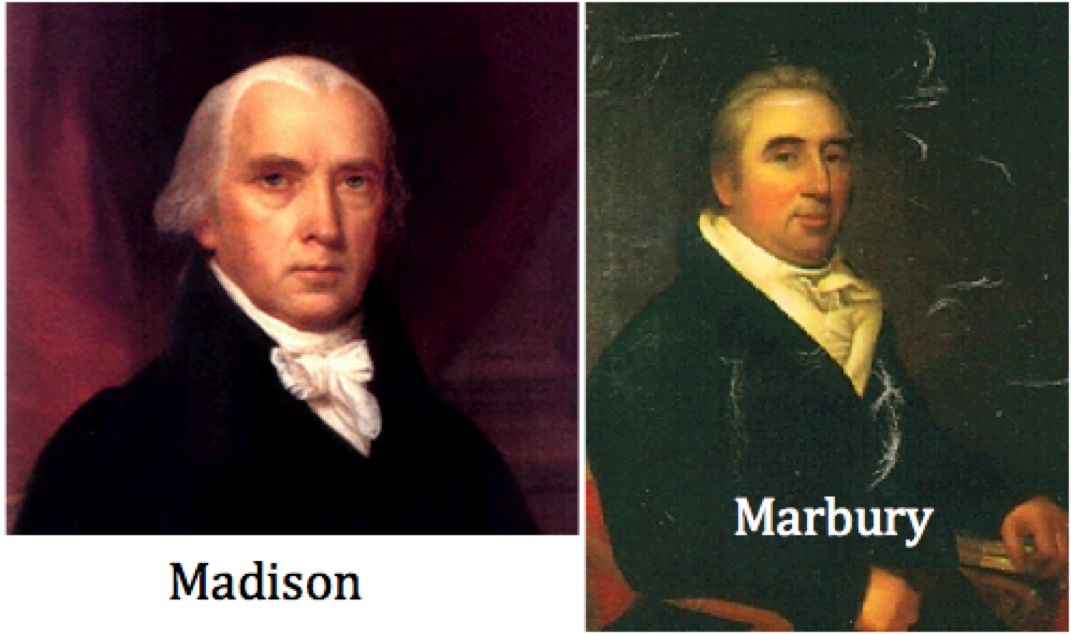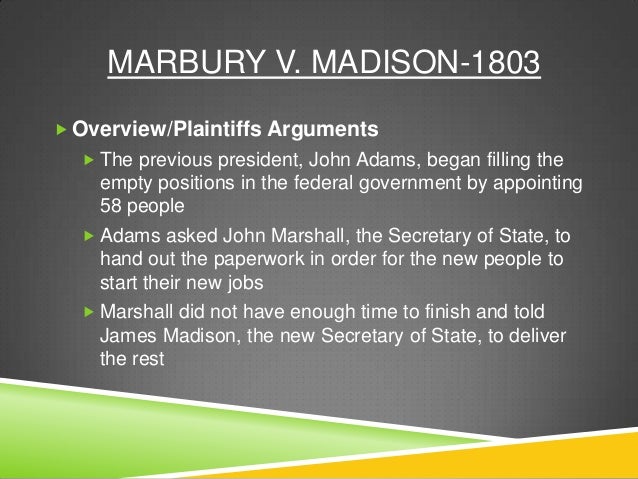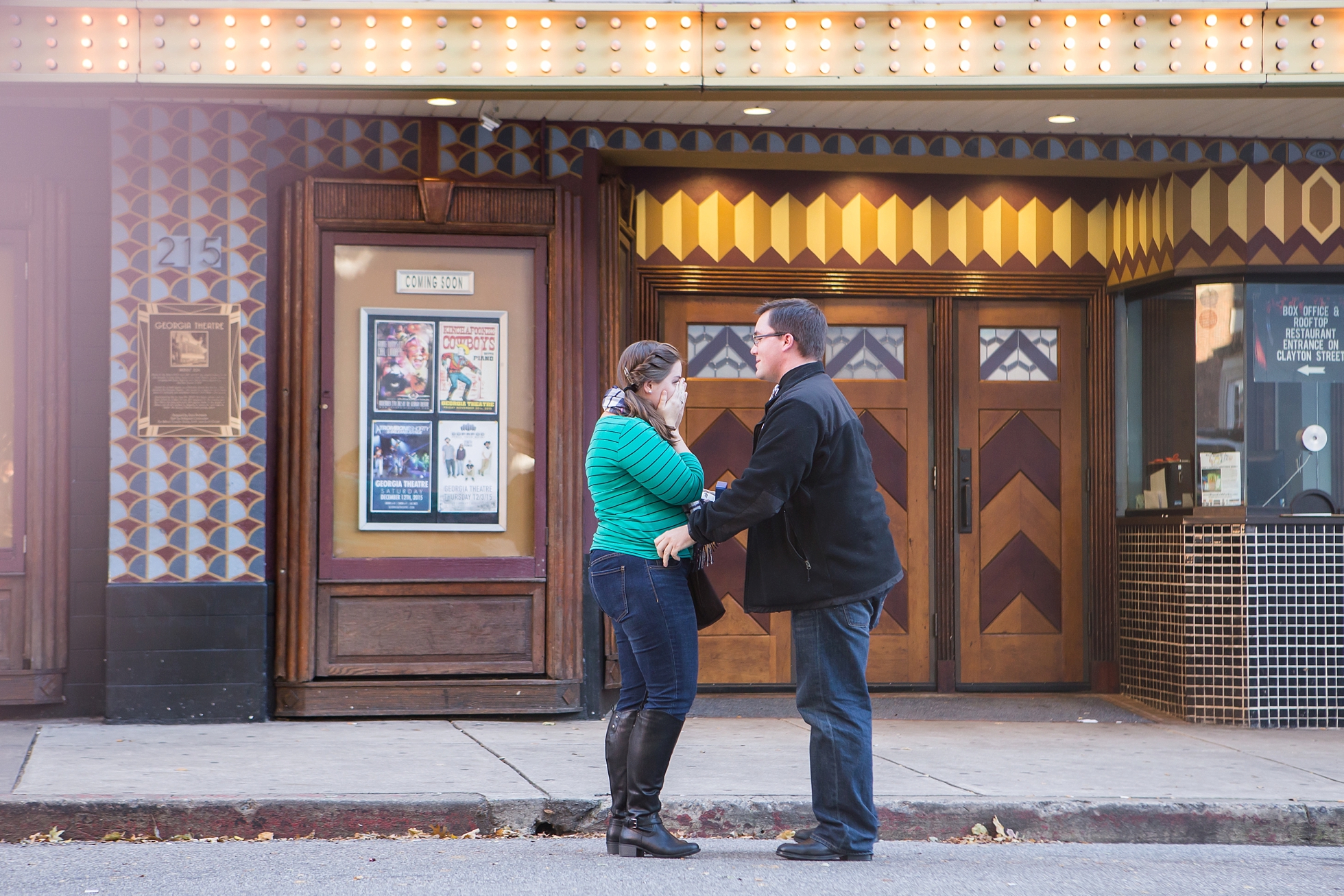Your What was the supreme court decision in marbury v madison images are available in this site. What was the supreme court decision in marbury v madison are a topic that is being searched for and liked by netizens today. You can Find and Download the What was the supreme court decision in marbury v madison files here. Find and Download all free photos and vectors.
If you’re looking for what was the supreme court decision in marbury v madison pictures information linked to the what was the supreme court decision in marbury v madison topic, you have come to the right site. Our website always provides you with suggestions for viewing the maximum quality video and picture content, please kindly hunt and locate more informative video articles and graphics that fit your interests.
What Was The Supreme Court Decision In Marbury V Madison. Madison decision was decided on february 24, 1803, ignited by william marbury’s petition to the supreme court for his earned appointment. Why is the marbury case important in the history of the supreme court? Marbury sought a writ of mandamus to compel madison to deliver the commission and finalize marbury’s appointment. Madison decision resulted in the establishment of the concept of judicial review.
 Supreme Court Cases (Fidel, Gustavo) timeline Timetoast From timetoast.com
Supreme Court Cases (Fidel, Gustavo) timeline Timetoast From timetoast.com
At the december term 1801, william marbury, dennis ramsay, robert townsend hooe, and william harper, by their counsel severally moved the court for a rule to james madison, secretary of state of the united states, to show cause why a mandamus should not issue commanding him to cause to be delivered to them respectively their several commissions as justices of the. Supreme court decision that established for the first time that federal courts had the power to overturn an act of congress on the ground that it. Madison decision resulted in the establishment of the concept of judicial review. The constitution did not give the court this power. Today’s decision abandons that principle. The supreme court chose not to answer marbury’s question, but rather whether they had the jurisdiction to issue the writ.
2 supreme court case studies supreme court case study 1 (continued) directions:
On application for injunctive relief [september 1, 2021] the application for injunctive relief or, in the alternative, to vacate stays of the district court proceedings presented to j ustice a lito and by him referred to the court. Established the doctrine of judicial review. (1 cranch) 137 (1803), was a landmark u.s. The court�s decision was delivered in 1803 and continues to be invoked when cases involve the question of judicial review. In this decision, the chief justice asserted that the supreme court�s responsibility to overturn unconstitutional legislation was a necessary consequence of its sworn duty to. 2 supreme court case studies supreme court case study 1 (continued) directions:
 Source: slideshare.net
Source: slideshare.net
Madison (1803) was a landmark u.s. The constitution did not give the court this power. Madison established the united states supreme court’s power to determine whether a law passed by congress was constitutional (judicial review). 1 cranch 137 137 (1803) marbury v. Madison / summary of decision.
 Source: stewartcody.weebly.com
Source: stewartcody.weebly.com
Based on judiciary act of1789, marbury asked the supreme court for a writ of mandamus or an order to act. Madison (1803) and demonstrates his sophisticated leadership of the court. 2 supreme court case studies supreme court case study 1 (continued) directions: On february 24, 1803, chief justice john marshall issued the supreme court’s decision in marbury v.madison, establishing the constitutional and philosophical principles behind the high court’s power of judicial review. The court�s decision was delivered in 1803 and continues to be invoked when cases involve the question of judicial review.
 Source: slideserve.com
Source: slideserve.com
In what way did the marbury decision enhance the system of checks and balances provided for in the constitution? Marbury v madison is considered by many to be not just a landmark case for the supreme court, but rather the landmark case. Prior to this case, it was clear that laws conflicting with the constitution were invalid, but the branch of government who determined. The supreme court of the united states (scotus) is the highest court in the federal judiciary of the united states of america.it has ultimate and largely discretionary appellate jurisdiction over all federal and state court cases that involve a point of federal law, and original jurisdiction over a narrow range of cases, specifically all cases affecting ambassadors, other public ministers. Supreme court case studies 1 (continued) supreme court case study 1 the supreme court’s power of judicial review marbury v.
 Source: timetoast.com
Source: timetoast.com
This decision served as one of the many landmark cases in the united states and most importantly, marbury v. (1 cranch) 137 (1803), was a landmark u.s. The supreme court in order to compel jefferson�s secretary of state, james madison, to deliver the commisions. Madison / summary of decision. The supreme court chose not to answer marbury’s question, but rather whether they had the jurisdiction to issue the writ.
 Source: fabtemplatez.com
Source: fabtemplatez.com
In this decision, the chief justice asserted that the supreme court�s responsibility to overturn unconstitutional legislation was a necessary consequence of its sworn duty to. 2 supreme court case studies supreme court case study 1 (continued) directions: Marbury v madison is considered by many to be not just a landmark case for the supreme court, but rather the landmark case. Answer the following questions on a separate sheet of paper. Madison, 1 cranch 137, 177 (1803) (emphasis added).
 Source: timetoast.com
Source: timetoast.com
The holding of marbury v. 2 supreme court case studies supreme court case study 1 (continued) directions: Madison (1803) president james madison. The supreme court in order to compel jefferson�s secretary of state, james madison, to deliver the commisions. Based on judiciary act of1789, marbury asked the supreme court for a writ of mandamus or an order to act.
 Source: slideshare.net
Source: slideshare.net
Madison (1803) was a landmark u.s. Madison established the united states supreme court’s power to determine whether a law passed by congress was constitutional (judicial review). Marbury v madison is considered by many to be not just a landmark case for the supreme court, but rather the landmark case. The supreme court unanimously held that it was discriminatory, since it. This decision served as one of the many landmark cases in the united states and most importantly, marbury v.
 Source: awesomestories.com
Source: awesomestories.com
Based on judiciary act of1789, marbury asked the supreme court for a writ of mandamus or an order to act. On february 24, 1803, chief justice john marshall issued the supreme court’s decision in marbury v.madison, establishing the constitutional and philosophical principles behind the high court’s power of judicial review. The supreme court chose not to answer marbury’s question, but rather whether they had the jurisdiction to issue the writ. Madison, 1 cranch 137, 177 (1803) (emphasis added). 1 cranch 137 137 (1803) marbury v.
This site is an open community for users to submit their favorite wallpapers on the internet, all images or pictures in this website are for personal wallpaper use only, it is stricly prohibited to use this wallpaper for commercial purposes, if you are the author and find this image is shared without your permission, please kindly raise a DMCA report to Us.
If you find this site adventageous, please support us by sharing this posts to your favorite social media accounts like Facebook, Instagram and so on or you can also bookmark this blog page with the title what was the supreme court decision in marbury v madison by using Ctrl + D for devices a laptop with a Windows operating system or Command + D for laptops with an Apple operating system. If you use a smartphone, you can also use the drawer menu of the browser you are using. Whether it’s a Windows, Mac, iOS or Android operating system, you will still be able to bookmark this website.






